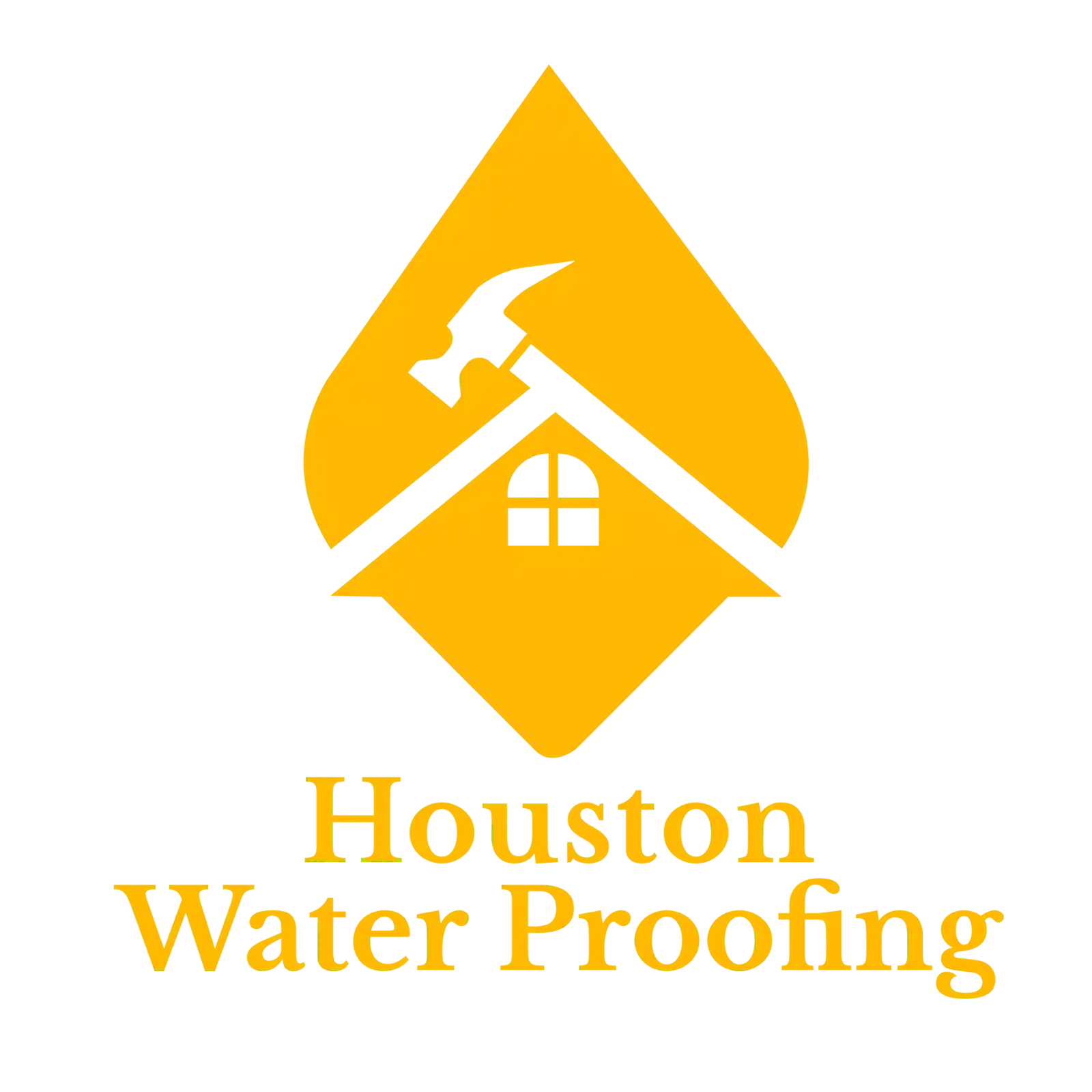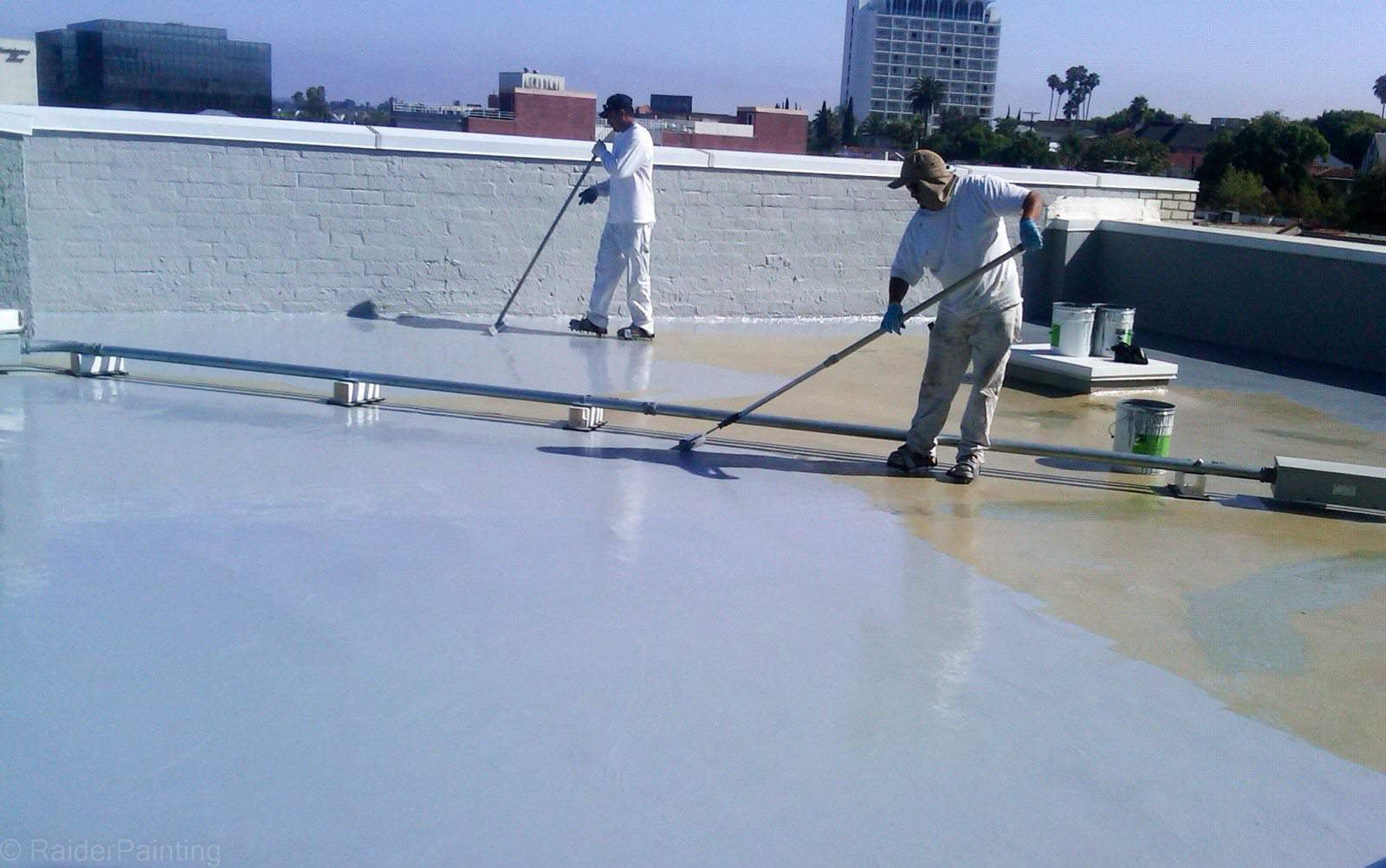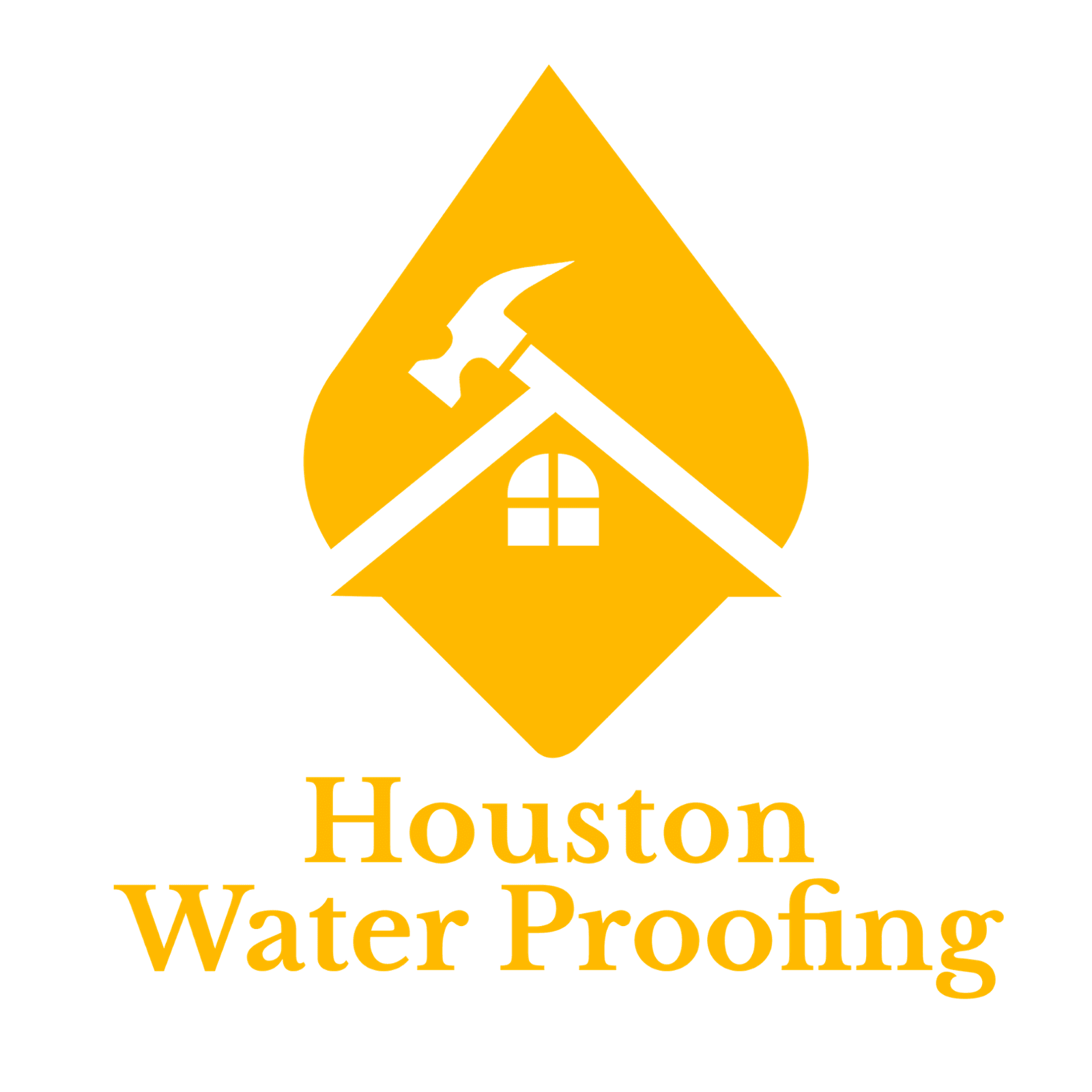A balcony is a wonderful addition to any home, providing a space to enjoy fresh air, relax, and even entertain guests. However, without proper waterproofing, balconies can be prone to water damage, leading to structural issues, mold growth, and costly repairs. In this informative blog, we will guide you through the process of waterproofing a balcony, helping you ensure its longevity and protection against water infiltration.
1. Assessing the Balcony: Before diving into the waterproofing process, it's crucial to assess the condition of your balcony. Look for any cracks, gaps, or signs of water damage. This evaluation will help you determine the necessary steps and materials required for effective waterproofing.
2. Surface Preparation: To achieve optimal waterproofing results, it is essential to prepare the balcony surface properly. Start by cleaning the area thoroughly, removing any debris, dirt, or loose materials. If there are any cracks, fill them with an appropriate sealant or mortar.
Choosing the Right Waterproofing System
Choosing the Right Waterproofing System
Choosing the Right Waterproofing System
There are various waterproofing systems available, each suited for different types of balconies. Here are a few common options for balcony waterproofing:
- Liquid Applied Membrane: This method involves applying a liquid waterproofing membrane directly onto the balcony surface. It forms a seamless, protective layer, ensuring water cannot penetrate the substrate. Liquid membranes are easy to apply and provide excellent flexibility.
- Sheet Membrane: Sheet membranes consist of pre-formed sheets made from materials like PVC or bituminous compounds. They are installed onto the prepared surface, creating a durable barrier against water intrusion.
- Cementitious Coatings: Cementitious waterproofing coatings are a popular choice for balconies. They are applied as a slurry mixture and cure to form a protective and durable membrane.
- Polyurethane Coatings: Polyurethane coatings are highly flexible, making them suitable for areas with frequent movement. They adhere well to different surfaces and provide excellent resistance to water.
Application Process
Application Process
Application Process
Follow the manufacturer's instructions carefully when applying the chosen waterproofing system. Pay attention to details such as the required number of coats, drying times, and application techniques. Ensure thorough coverage, especially in high-risk areas such as joints, corners, and around drains.
Additional Considerations
Additional Considerations
To enhance the longevity of your balcony's waterproofing, consider the following:
- Proper Drainage: Ensure your balcony has a reliable drainage system in place. Clogged or inefficient drains can lead to water pooling and increase the risk of leaks.
- Sealing Penetrations: Seal any penetrations such as pipes, vents, or electrical conduits to prevent water from seeping through.
- Regular Maintenance: Periodically inspect your balcony for any signs of damage or wear. Promptly address any issues to prevent further water infiltration.
Waterproof balcony flooring is essential for maintaining its structural integrity and protecting your home from water damage. By assessing the condition of your balcony, choosing the right waterproofing system, properly preparing the surface, and following the application process diligently, you can ensure a durable and watertight balcony for years to come. Remember to prioritize proper drainage and perform regular maintenance to prolong the effectiveness of the waterproofing system. Enjoy your dry and safe balcony space!
Commercial Waterproofing: Ensuring Durability and Protection
Commercial Waterproofing: Ensuring Durability and Protection
Water infiltration can be a significant concern for commercial buildings, leading to costly repairs, structural damage, and business disruptions. Implementing effective waterproofing measures is crucial to protect your commercial property and ensure its longevity. Read the importance of commercial waterproofing and provide valuable insights into the process.
1. Understanding the Risks: Commercial buildings are exposed to various sources of water damage, including heavy rainfall, plumbing leaks, and moisture accumulation. Understanding the specific risks your property faces will help you determine the most appropriate waterproofing strategies.
2. Conducting a Comprehensive Evaluation: Before initiating any waterproofing efforts, conduct a thorough evaluation of your commercial building. Identify vulnerable areas such as roofs, foundations, basements, windows, and exterior walls. Look for signs of water damage, including cracks, stains, mold growth, and deterioration.
Selecting the Right Waterproofing Solutions
Selecting the Right Waterproofing Solutions
There is a wide range of waterproofing solutions available for commercial buildings. Here are a few commonly used methods:
- Liquid Applied Membrane: Liquid membranes, such as elastomeric coatings or spray-applied sealants, provide a seamless barrier against water intrusion. They are flexible, durable, and can be applied to various surfaces.
- Cementitious Waterproofing: Cementitious coatings are suitable for areas with high water exposure, such as basements. They consist of cement-based mixtures that form a protective layer when applied to concrete or masonry surfaces.
- Sheet Membrane Systems: Sheet membranes, typically made of PVC, bitumen, or modified bitumen, are widely used for commercial waterproofing. They are installed as large sheets, creating a continuous and durable barrier.
- Bentonite Waterproofing: Bentonite clay panels or sheets can be used as an effective waterproofing option. When exposed to moisture, bentonite expands to form a gel-like substance, creating a watertight seal.
Maintenance and Inspections
Maintenance and Inspections
Waterproofing is an ongoing process that requires regular maintenance and inspections. Implement a maintenance schedule to monitor the condition of your waterproofing systems and address any issues promptly. Regularly inspect vulnerable areas, such as roofs, joints, and flashings, to prevent potential leaks and water infiltration.
Drainage Management
Drainage Management
Effective drainage systems play a vital role in commercial waterproofing. Ensure proper slope and grading around the building to direct water away from the foundation. Install and maintain gutters, downspouts, and drain systems to prevent water from pooling near the structure.
Educating Occupants and Staff
Educating Occupants and Staff
Educate occupants and staff about the importance of maintaining a watertight commercial environment. Encourage them to report any signs of water damage promptly, such as leaks or moisture accumulation, to facilitate early intervention and prevent further issues.
Conclusion
Conclusion
Commercial waterproofing is a crucial investment for protecting your building, its contents, and the overall business operations. Understand the risks, select suitable waterproofing solutions, hire professionals for installation, implement regular maintenance, and manage drainage effectively. Stay proactive in safeguarding your investment and enjoy the benefits of a watertight environment for years to come.


